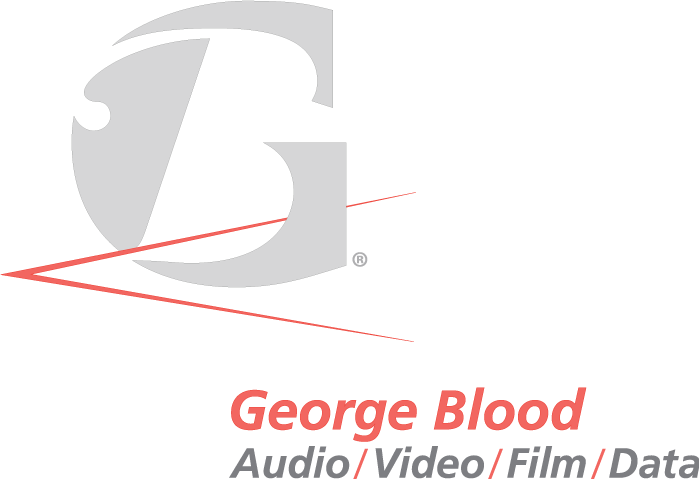IASA TC 06 is a reality! See for yourself. We are seeking comments on the public draft.
Anyone working in audiovisual preservation quickly becomes familiar with the workings of IASA, the International Association of Sound and Audiovisual Archives. Their Technical Committee (TC) publishes several guidelines that have become central to the professional practice of preserving our audiovisual heritage. TC 03 covers basic background, TC 04 deals with audio, specifically, and TC 05 addresses storage and handling. This being an international organization, the documents cover international issues. Some countries are cold, others hot. Some countries do not have reliable electricity to provide environmental control for their cultural artifacts.
TC 04 has had such a deep impact on audio preservation the community has longed for a comparable document on video. In many ways video is more challenging for preservation. There have been so many formats in common use, different video standards (PAL, NTSC, SECAM and their variants), SD, HD, and this is before we get to the issue of machine dependency - each format requires an entirely different machine. There are few examples of backward compatibility - such as stereo cassette decks with noise reduction that are able to play the original mono Phillips Compact Audiocassette.
It may not be obvious from the outside, but IASA is a fairly small organization. There are fewer than 800 members and it is unusual for conference attendance to exceed 200. Without a doubt IASA is my favorite conference of the year. It’s not merely because the conferences are hosted in a different international location each year (Frankfurt, Delhi, Paris, Washington DC, Berlin - and 2018 will be in Ghana). It’s that for most people getting to an IASA conference is very difficult. Long travel, many time zones, many days away all conspire against attendance. Therefore the people who attend IASA really want to be there. Many of the attendees are the top members of the field, whether practitioners or collections administrators. The international participation means a wide range of views and experiences, from the people whose names appear on publications, to people from developing countries sharing their experiences and, like the rest of us, learning from the quality information flowing everywhere.
Although the technical committee members are a real “who’s who” in the field, it is still a volunteer undertaking in a relatively small organization. Finding people who are able to write for the publications is a constant challenge. Although the need for TC 06 has been recognized for years, getting chapters written has taken time. This was further complicated by the desire to make TC 06 more wide-ranging than TC 04. The technical committee felt the need for more information to be included, because the information needed for preservation was more difficult to come by than for audio.
We’re happy to report that after seven years of work, IASA has published on their website a version of TC 06 for public comments. We’re very eager for anyone and everyone involved in audiovisual preservation to read and comment on anything in the document. Perhaps you’re interested in U-matic. Perhaps you have a background in EIAJ. Maybe your collection is all VHS. Read and tell us of typos, areas that are unclear, topics you’d like to see covered; tell us what works, what needs help.
Many people have contributed to TC 06 already. Authors, editors, technical experts who proofread drafts. Join the community effort and help us make TC 06 as valuable to video preservation as TC 04.
And while you’re at it, say a special thank you to Carl Fleischauer. Without a doubt it is through his persistence, hard work, and deep abiding belief in the preservation of our audiovisual heritage that has made TC 06 a reality.
Watch this blog for additional contributions as members of my staff share their views into this exciting new document.

